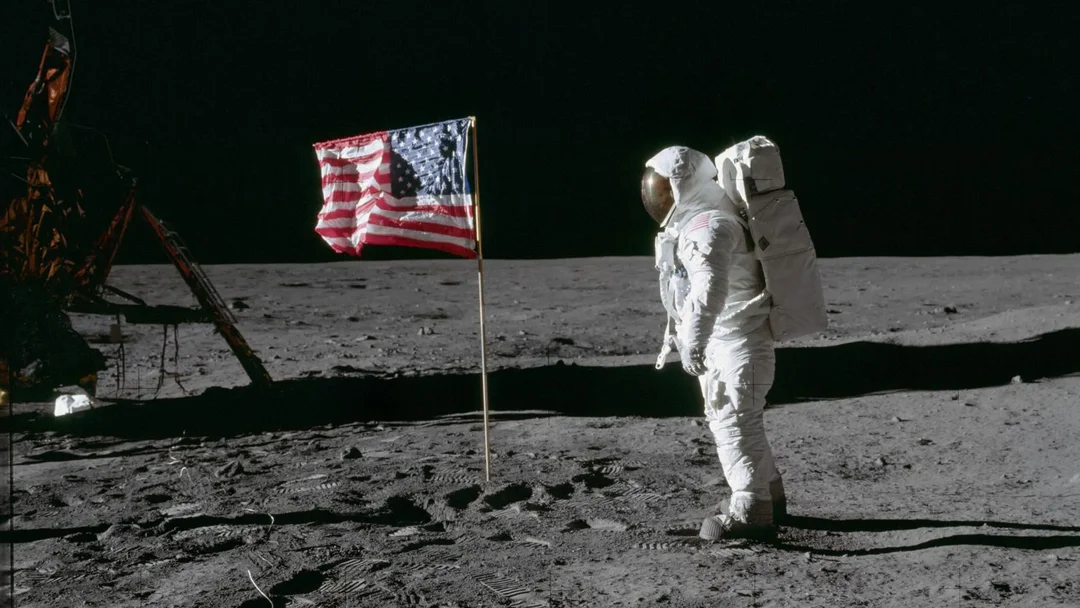
Lunar Resource Conflicts: Can International Agreements Prevent a Space Gold Rush?
As humanity sets its sights on establishing a permanent presence on the Moon and exploiting its resources, a pressing question emerges: How do we ensure these resources are used equitably and avoid potential conflicts? A new paper by Marissa Herron and Therese Jones of NASA's Office of Technology, Policy, and Strategy, along with Amanda Hernandez of BryceTech, tackles this challenge head-on, proposing a framework for resolving conflicts over lunar resources.
The paper, titled "Benefits of a Proposed Process to Preserve Lunar Sites," highlights the potential for trade-offs when different groups seek to utilize the same resource. Lunar water, for example, could be split into hydrogen and oxygen for rocket fuel or purified for drinking and other biological functions. Who decides who gets access, and how do we ensure fair distribution? This is the central question the authors aim to answer.
The proposed framework consists of three key steps:
- Objective Mapping: Identifying the requirements for lunar sites and resources based on NASA's Moon to Mars plan. Collaboration with external agencies and private organizations is deemed crucial.
- Catalog of Concerns: Creating a comprehensive list of potential disruptions to resource use, including conflicts over water access, orbital space, Lagrange point locations, and even historical sites like Apollo landing zones.
- Preservation Planning: Developing strategies to mitigate the concerns identified. These solutions could range from technological advancements (e.g., improved solar collectors for increased power availability) to operational measures (e.g., joint use of resource collection machinery) and policy implementations (e.g., preserving historic sites).
The Catalog and Preservation steps are designed to be continuously updated, ensuring that the framework remains relevant as new resources are discovered or new challenges arise. The authors emphasize that this is not meant to be a static document, but a dynamic and interconnected series of priorities that facilitate the successful and harmonious utilization of lunar resources.
While there have been national-level attempts, such as the Commercial Space Launch of the US and the Artemis Accords, an international solution might be the only way to truly ensure a non-corporate authoritarian regime. Otherwise, states may find themselves at a loss to corporations such as SpaceX.
In a related discussion, Nikola Schmidt and Martin Švec pose a critical question: Will space mining lead to "corporate autocracy or global solidarity?" They argue that developing international mechanisms to govern space mining is essential to prevent a single country or company from amassing excessive power. Schmidt and Švec point to the rapid growth of companies like SpaceX and the potential for unregulated space mining to exacerbate existing power imbalances.
They warn that if the international community rejects the concept of the "common heritage of mankind," we risk a fragmented space law landscape, political and military conflicts, and the rise of corporate dominance. Instead, they advocate for a benefit-sharing regime that supports global cooperative oversight of mining activities and ensures that the benefits are distributed equitably, potentially funding initiatives like the UN Sustainable Development Goals.
These discussions highlight the urgent need for international cooperation and the development of robust legal frameworks to govern the utilization of space resources. Failure to do so could lead to a "space gold rush" scenario, exacerbating inequalities and potentially sparking conflicts. The challenge lies in balancing the interests of private companies, national governments, and the global community to ensure that the benefits of space exploration are shared by all of humanity.
What do you think? Will international agreements be sufficient to prevent resource conflicts in space? What role should private companies play in the exploitation of lunar and other space resources? Share your thoughts in the comments below!